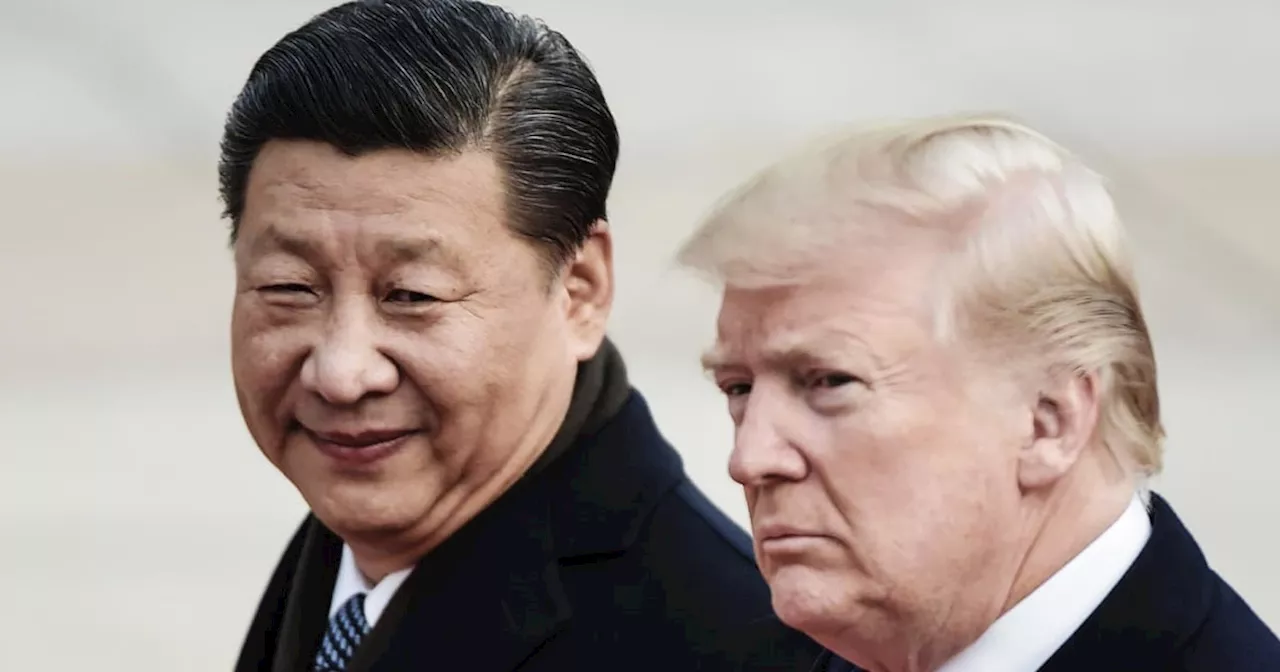U.S. soybean farmers are expressing optimism as negotiations between the Trump administration and China progress. Over the weekend, Scott Bessent, a key figure in the discussions, indicated that he expects Chinese purchases of soybeans to be “substantial.” This sentiment has lifted soybean futures, which surged nearly 3% over the past few days, reaching their highest level in over a year.
Historically, China has been a significant importer of U.S. soybeans, with purchases ranging from $12 billion to $17 billion annually. However, this year, imports have effectively halted as Beijing seeks to leverage its position against Washington. Arlan Suderman, chief commodities economist at StoneX, remarked that the market reflects a cautious optimism, suggesting that some progress may finally be occurring.
The backdrop to these discussions includes the phase-one trade deal established during Trump’s first term, which aimed for China to increase its purchase of U.S. goods and services by $200 billion in 2020 and 2021. Unfortunately, the agreement was not fulfilled, particularly after the onset of the pandemic. Suderman noted that China only managed to purchase about 58% of the agreed amount during the two-year period.
Experts in agricultural economics are weighing in on the potential impact of reopening the Chinese market. Allen Featherstone, who heads the Agricultural Economics department at Kansas State University, stated that if U.S. soybeans can return to Chinese markets, it would represent a significant development. He pointed out that soybeans are the largest U.S. export to China, and their absence has compelled farmers to seek alternative markets.
Despite the positive outlook, there are concerns regarding timing. China has turned to South America for soybean imports, which could delay the re-establishment of U.S. exports. Ryan Young, a senior economist at the Competitive Enterprise Institute, highlighted that the U.S. harvest has already occurred, and while crops can be stored, there are limits to how long farmers can wait for sales.
In a recent update, Bessent noted that as part of the negotiations, threats of additional 100% tariffs by the U.S. have been effectively removed. Similarly, reports indicate that China’s threats to impose export controls on rare earth materials have also been mitigated.
Looking ahead, Trump and Chinese President Xi Jinping are expected to meet later this week in South Korea to finalize details of a potential agreement. Alongside the anticipated soybean deal, the Trump administration is also considering a bailout for farmers who have suffered due to the ongoing trade war. Kevin Hassett, director of the National Economic Council, has hinted at forthcoming financial support for these farmers, although specific details remain undisclosed.
The outcome of these negotiations could significantly shape the future of U.S. soybean farmers and the broader agricultural market. As discussions continue, stakeholders are cautiously optimistic about the prospects of renewed trade relations with China.
